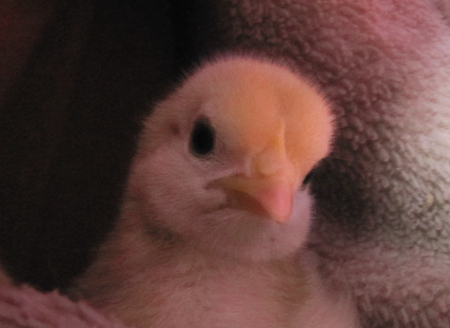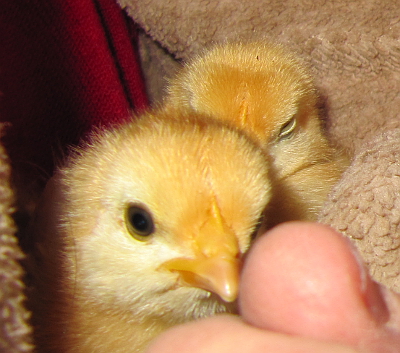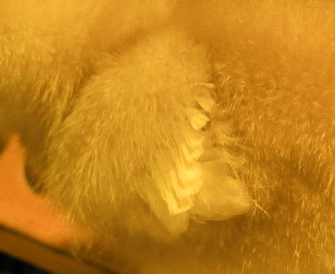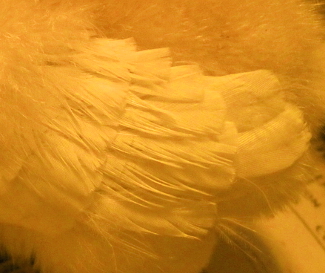Eggs, eggs, eggs, on my mind . . . (I must have eggs on my mind)
I had chickens, ducks, geese, guinea fowl many years ago. I went through the whole learning process with fowl homesteading. I lost a few, got too many, learned how to fix them when sick. I learned what to do with predators, owls, rats, stray (and not so stray) dogs, possums, etc. I learned the hazards of buying them at swap meets and how to treat the leg mite you get that way. How to treat chicken colds. And how to mercifully put them to rest when they needed to be. I knew what breeds I liked, and which might be problematic. (no nervous Polish chickens or Leghorns for me)
After years of doing many other things I kept looking at chicks in the feed store. They had a chick corral with 5-6 stock tubs full of all kinds, even Banty chicks. Three years passed, each year I looked at chicks.
Although I knew my husband did not relish cleaning a chicken house, I kept asking if it was okay if I made sure I did all the chicken chores. No chicken was going to come between me and my husband. But this year, with grocery costs, and the fact that I knew chickens would eat all the leftovers that the dog wouldn’t eat, like salad trimmings and make eggs out of them, I asked again (while at the feed store).
He said yes this year, and I bought six pullet chicks (female chicks). They happened to be a breed that is easily sexed at birth by color, the Red Comet. When grown they look kind of like a Rhode Island Red chicken, but instead are red or gold and white feathered. The breed I really like are a dual purpose breed called Buff Orpingtons, but they weren’t available at the feed store.
He helped me find a container to keep them in, a Rubbermaid tub. I put it in a room with a closed door to keep the cats out.
I clamped the red heat lamp to it, installed a thermometer close to where it was hottest, put newspapers in the bottom,
filled the feeder, and the waterer, and put the Chicklets in it.
Here they are snuggling in my coat . . .
It’s been a week, and they are so far doing fine. However I did find that half of them were much younger. You can see by how long the wing feather are on the younger half. Here are pictures of the difference.
The difference in the way they act is that the younger ones sleep more, and want to snuggle more under your hand. The younger ones are also not as strong.
It’s going to be several months before I have eggs. They do have to grow up and be old enough to lay them, which gives us time to make the chicken house and pen. While looking online for more chicken information, I happened upon my old chick supplier Murray MacMurray Hatchery, (or McMurray) and found out they have a new thing. They now sell older birds, and you can buy almost laying age pullets singly for WOW, $17.95 or so. They are expensive, but you don’t have to wait months for eggs. I may get some few more chickens from them that way.
You can also get fertilized eggs from them, and put them in your own incubator. But I didn’t live in an area that I could have a rooster, and didn’t have an incubator.






